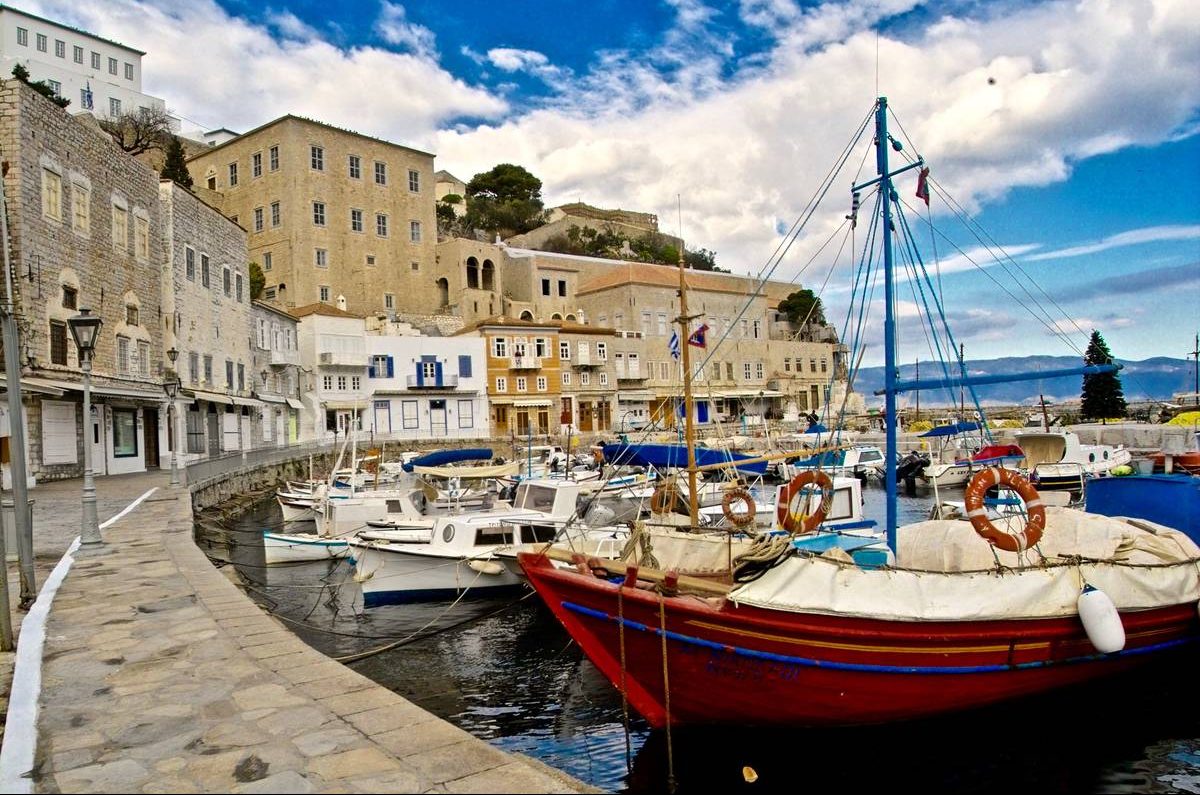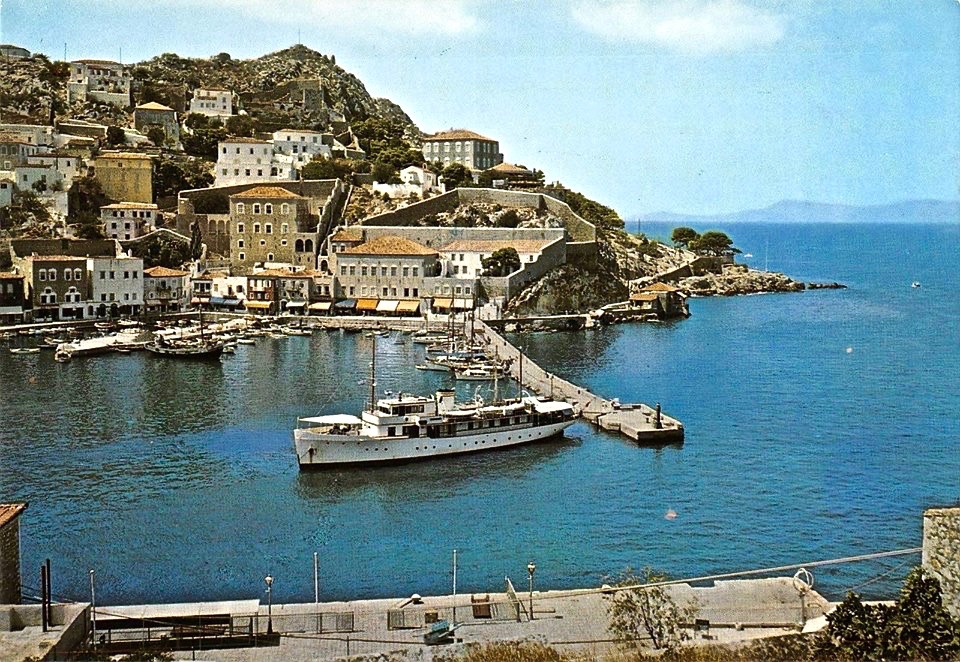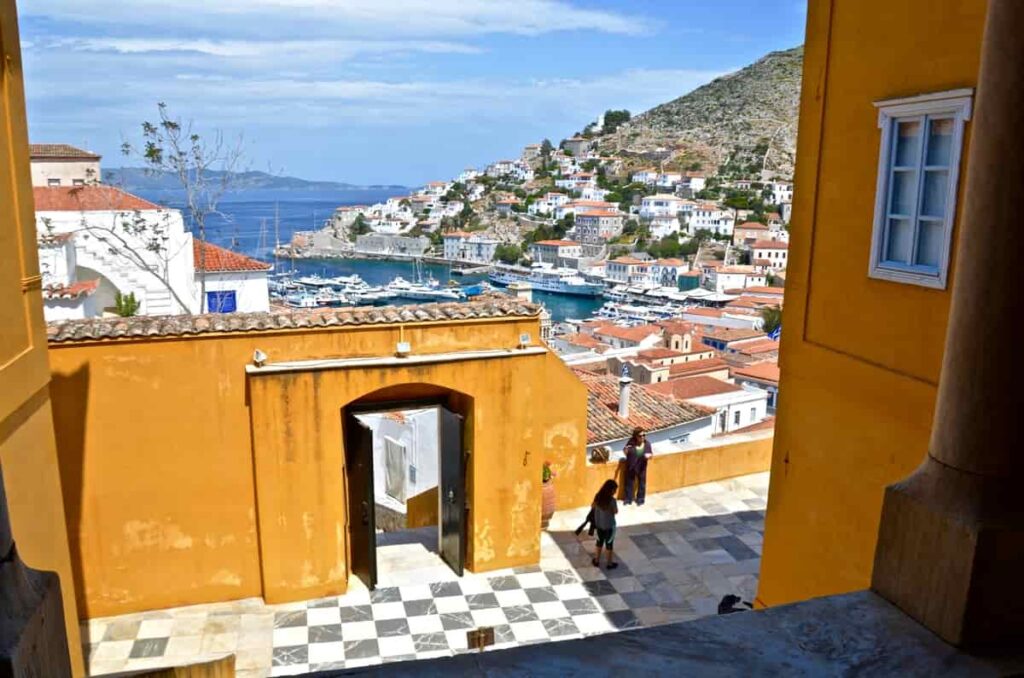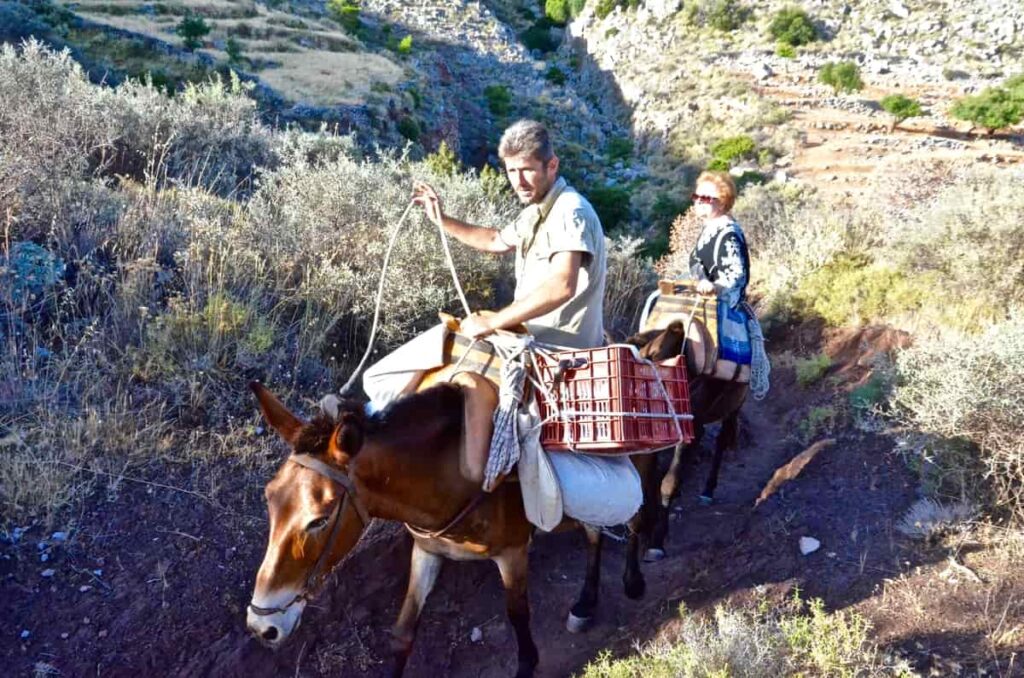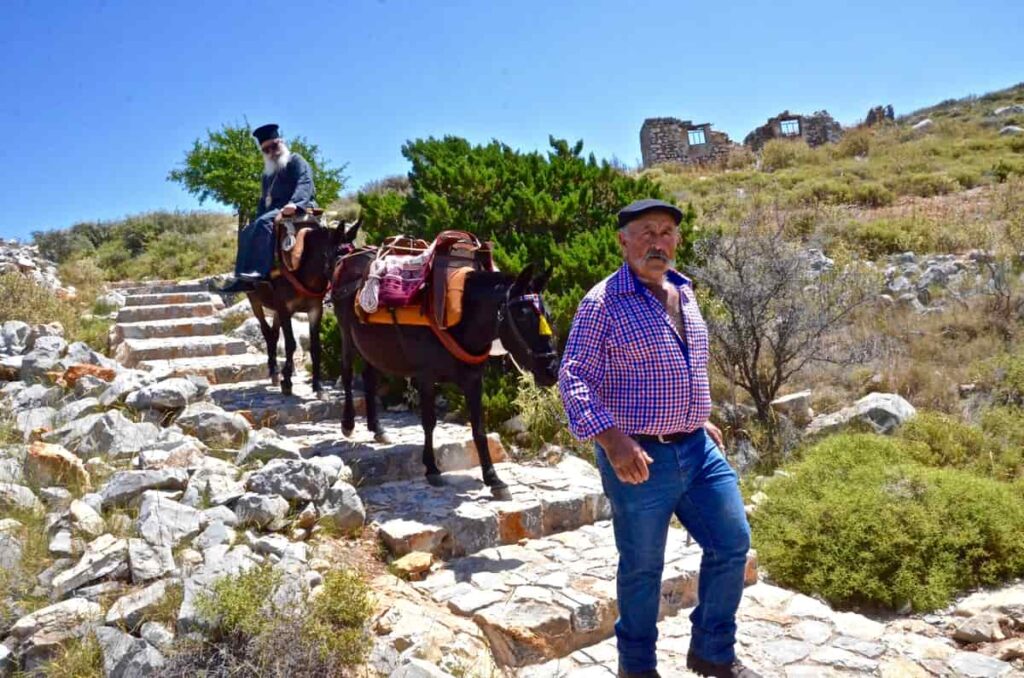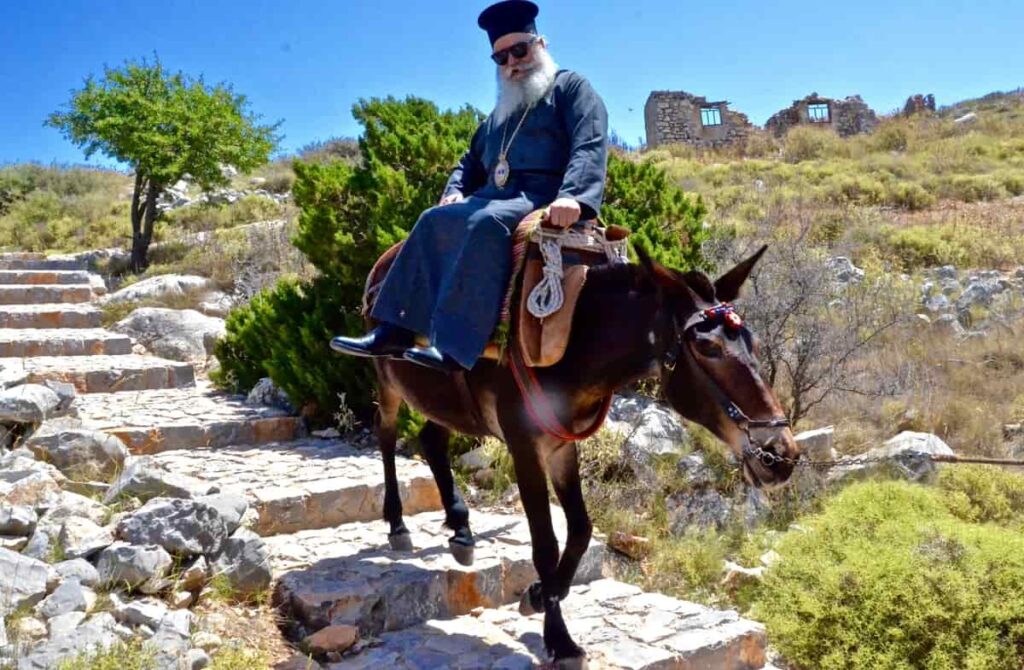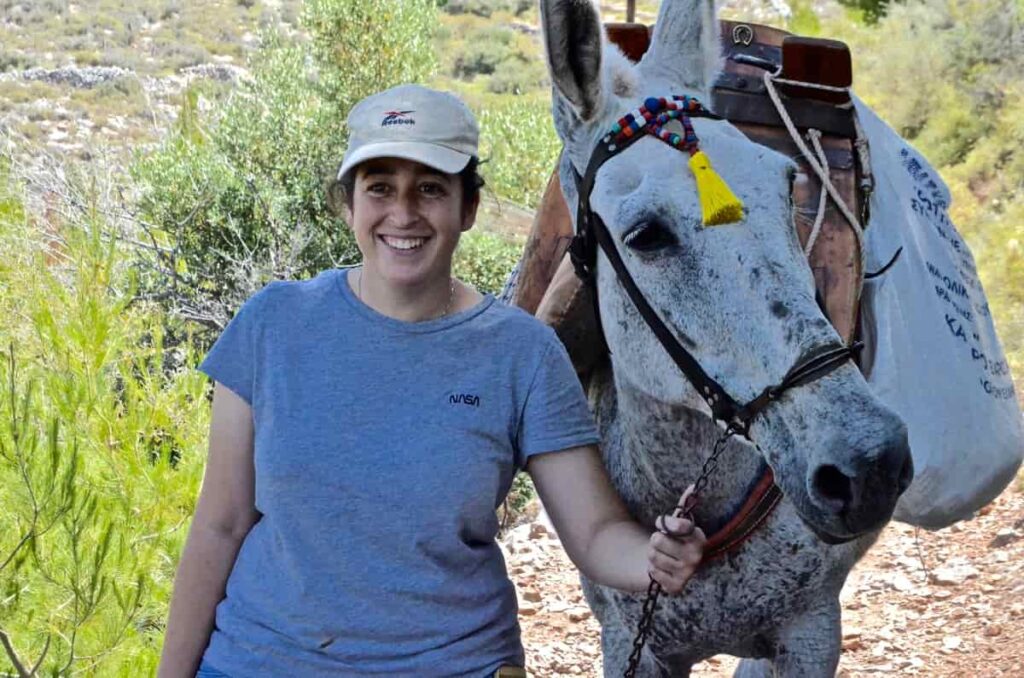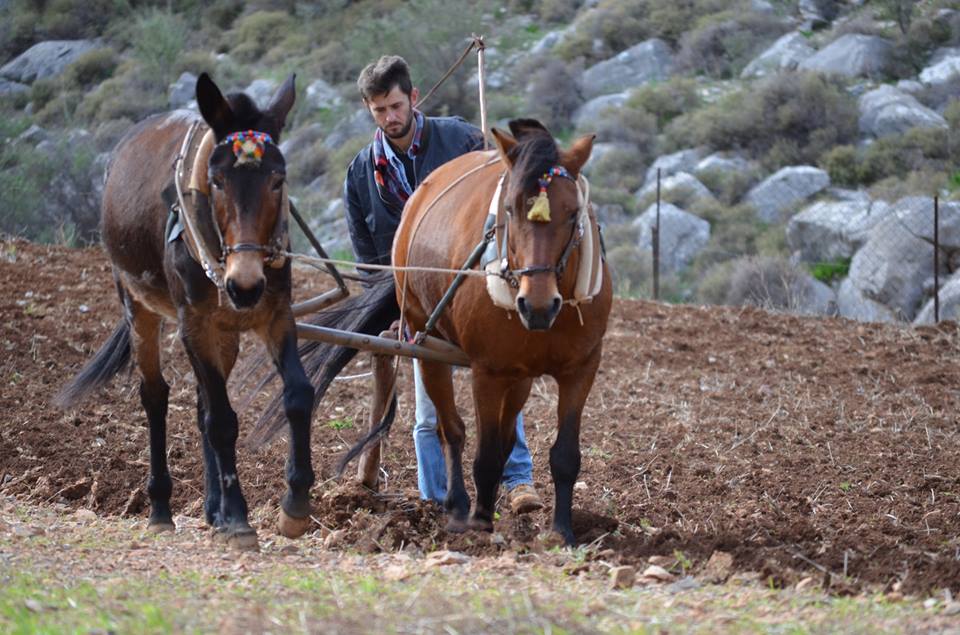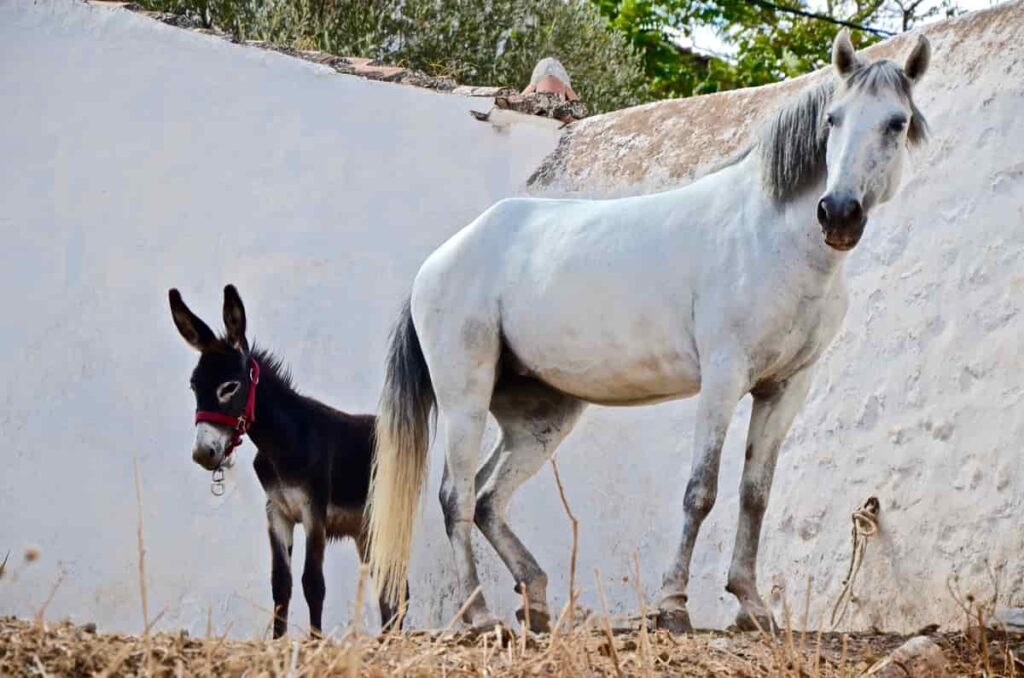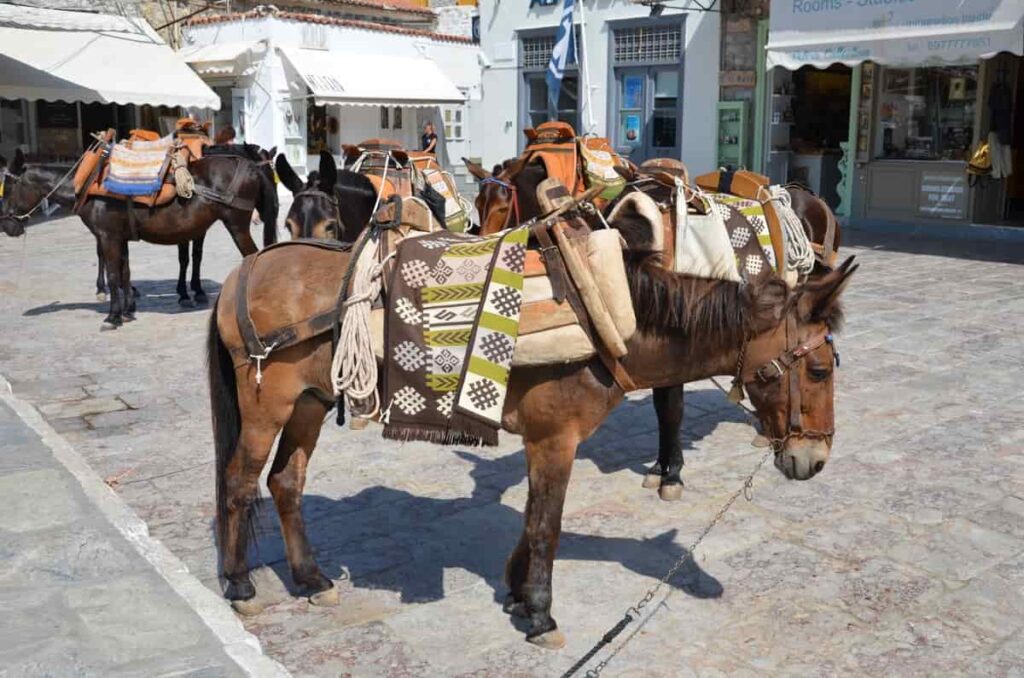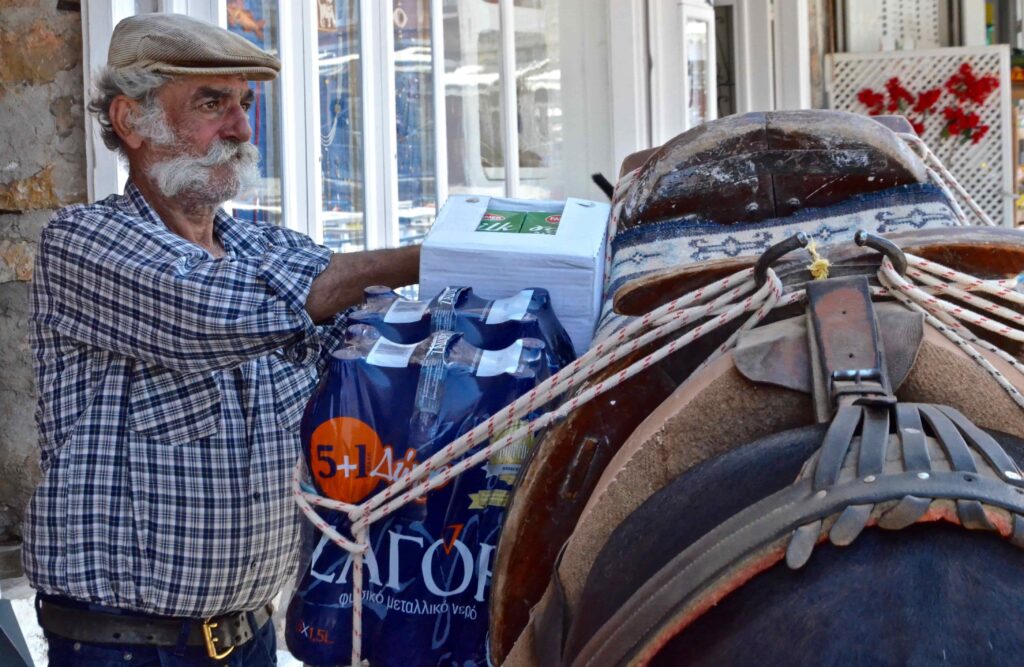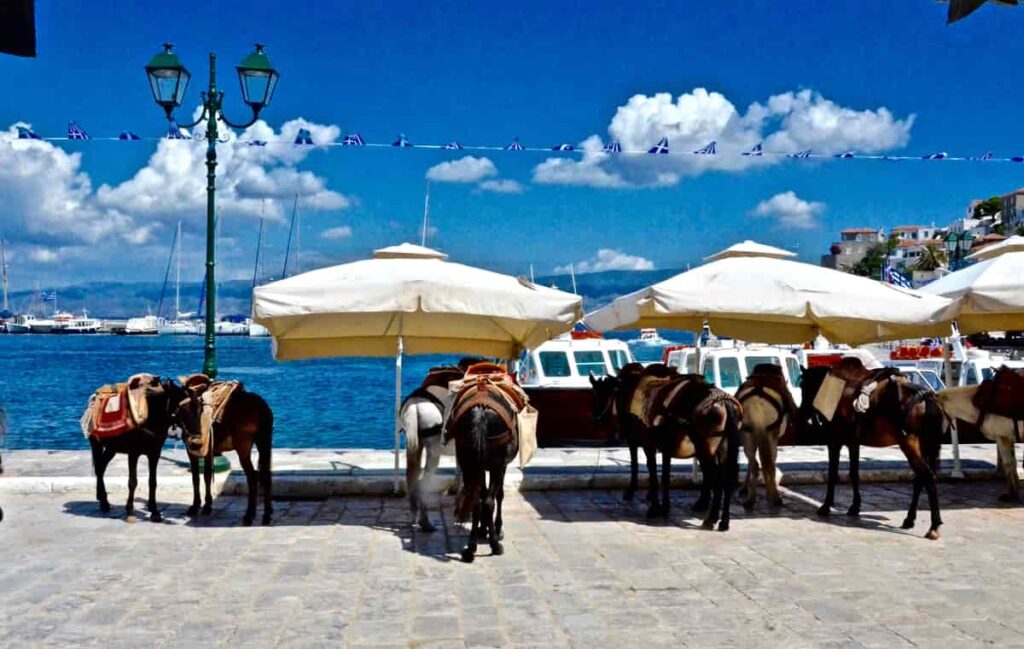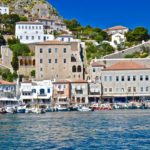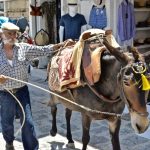For the unique Hydra so much has been said! Impressive, unique, aristocratic, charming, cosmopolitan. An island of insurmountable charm that inspired dozens of artists who made it a source of inspiration, but also a refuge of their lives, an island with history and great naval tradition, with the traces of its naval culture in every part of the settlement.
The beautiful cobbled streets, the flower-decorated houses with the bougainvilleas, the well-preserved stone mansions, built amphitheatrically under the bare rocks, together with the picturesque donkeys and the horses, are a beautiful setting that challenges you to stop your time and live other relaxing rhythms.
Of course, apart from the tourist and picturesque image, there is also everyday life. Because Hydra, to those who live it every day, realizes that it is a difficult island. Nothing is done uncut. That is why those who want easy solutions have not chosen it as a place of vacation or holiday.
This time we will talk not about the obvious and glorious beauties of the island, but about another wealth, the backbone of the society and the economy of the island.
Hydra, in two words, owes the preservation of its picturesque settlement and the world fame of the island, to its architectural beauty, to the fact that there are no wheelchairs and to the tireless and uninterrupted work of cargo animals and conductors who move everything on the island.
In Hydra, every day, dozens cargo animals (mules, horses, donkeys) move building materials, move food products, equipment and goods to shops, carry luggage, either local or foreign visitors. In the photo below, three mares - Phaedra, Alice and Maya - of the conductor Argyris are loaded to distribute food at home.
The cargo animals of Hydra transport the elderly to distant monasteries when the festivals take place, or drag the plow themselves, to plow the fields, and plant mainly cereals and then feed them, while in places where the garbage can can not pass - the only wheeled island - some animals carry garbage to places where it passes.
Thousands of visitors to Hydra crossed the beautiful cobbled streets on donkeys and mules, between proud mansions and beautiful shady squares, thus knowing the most occult beauties of the traditional settlement.
For demanding travelers, there are routes from impassable paths, leading to chapels, monasteries and beautiful beaches.
For the fans of extreme sports, even more difficult paths are foreseen with the corresponding dependencies, which even provide for nits, for the sudden downpours. Here the riders descend the road from Kala Pigadia which has turned into a rushing torrent. For mules this cosmopolitanism is a toy, while for riders it is an exciting experience.
Elias Mastrogiannis, one of the typical conductors of Hydra, returns with his two mules, Markos and Arapakis, with an important passenger.
His Eminence the Metropolitan of Hydra, Spetses, Aegina and Trizinia Mr. Ephraim returns from the operation of a monastery, in a remote location of the island (eg the monasteries of Zourva, or the Holy Trinity, are 2-3 hours drive from the port).
Eleftheria Mastrogianni with her Psarris, a Hydra proud of her love for animals.
With a mule, Marco, and with his mare, Astrapi, Thanasis plows the field with the plow, to plant cereals, and these in turn to feed the cargo animals that will be left there free to feed.
The mules, the donkeys and the horses in Hydra they are taken care of every day, they are well-behaved, one has only to notice them, when they pass by him. Their hair shines. Not because they are the "machines", the means of transport of Hydra that should shine like limousines, the means of securing an income, but mainly because they are souls, they have personality, each has its own type, and why in Hydra animals and people live on the island as one family. And they do not need animal lovers to show them how to love and how to live with animals.
From the 60's onwards, when Hydra took over, after the three films that brought it to the world stage - The Girl in Black (1956), The Child and the Dolphin (1958), Phaedra (1962 ) -, the reconstruction of Hydra began with the purchase of houses by Greeks and foreigners, artists, painters, travelers, who loved it and wanted to live here.
The lever of economic development was the maintenance of the traditional settlement, with all the strict standards imposed by the archaeological service, thus saving the physiognomy of the island, with the help of the work of conductors and animals.
In Hydra today live around 300-400 cargo animals and about 30 families who from generation to generation live exclusively with truckage.
On the other hand, there are dozens of families who have their animals freely on their estates and use them for private purposes.
In the 60s, animal accidents were negligible, and the complaints lodged with the police were minimal and, as far as I know, involved dog nesting (a reprehensible act). I do not want to dwell on the aims of the various animal welfare organizations, several of which are doing important work. But they are not allowed to discredit an island just to advertise their role and possibly to justify some of their subsidies.
It is a pity and unfair to press the entry "animals in Hydra”And first to publish articles that are defamatory for the island. I saw articles and pictures that talked about "animal abuse". In one, a conductor "allegedly kicks his live", while he countered with his foot on the saddle to tie and fasten a window well, another a refrigerator on top that did not exceed 80 kg on a mule , and another volume of straw on one, which of course has volume but light weight. Criticisms from people with sensitivities of "summer holidays" and unrelated to the life of the island.
It is worth noting with what care and what art the conductors tie and stabilize with their ropes, like here the veteran Christos Bikos, so that there are no problems in moving the loads.
The mules can lift up to 3 times their weight. The weight limit in these animals, according to regulations, is 150 kg, ie not more than 3 bags of cement, which is respected by all. This does not mean that there can be few isolated cases of abuse that are the exception and not the rule, and what one should see when judging a place fairly, is to see the forest and not focus on the tree.
Animals do not care about the sun and are not bothered like humans. I observe them in summer in the fields, which while they have the ability to hide under the shade of trees, sleep standing upright in the sun. Nevertheless, for reasons of impression from 2019, the animals that are waiting for the visitors at the port, also have their umbrellas, so that the most "sensitive citizens" do not worry.
The people of Hydra, however, live with their animals, they do not forget them in their festivals, in their festivals but also in the Carnival, while on September 2 at chapel of Agios Mamas in a beautiful location two hours west of the settlement, honor the saint, protector of their animals.
An article, minimum price on these animals, that is the real wealth of Hydra!
Because Hydra would not be what it is, without them cargo animals her.

